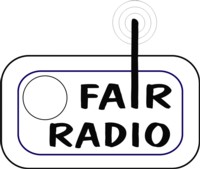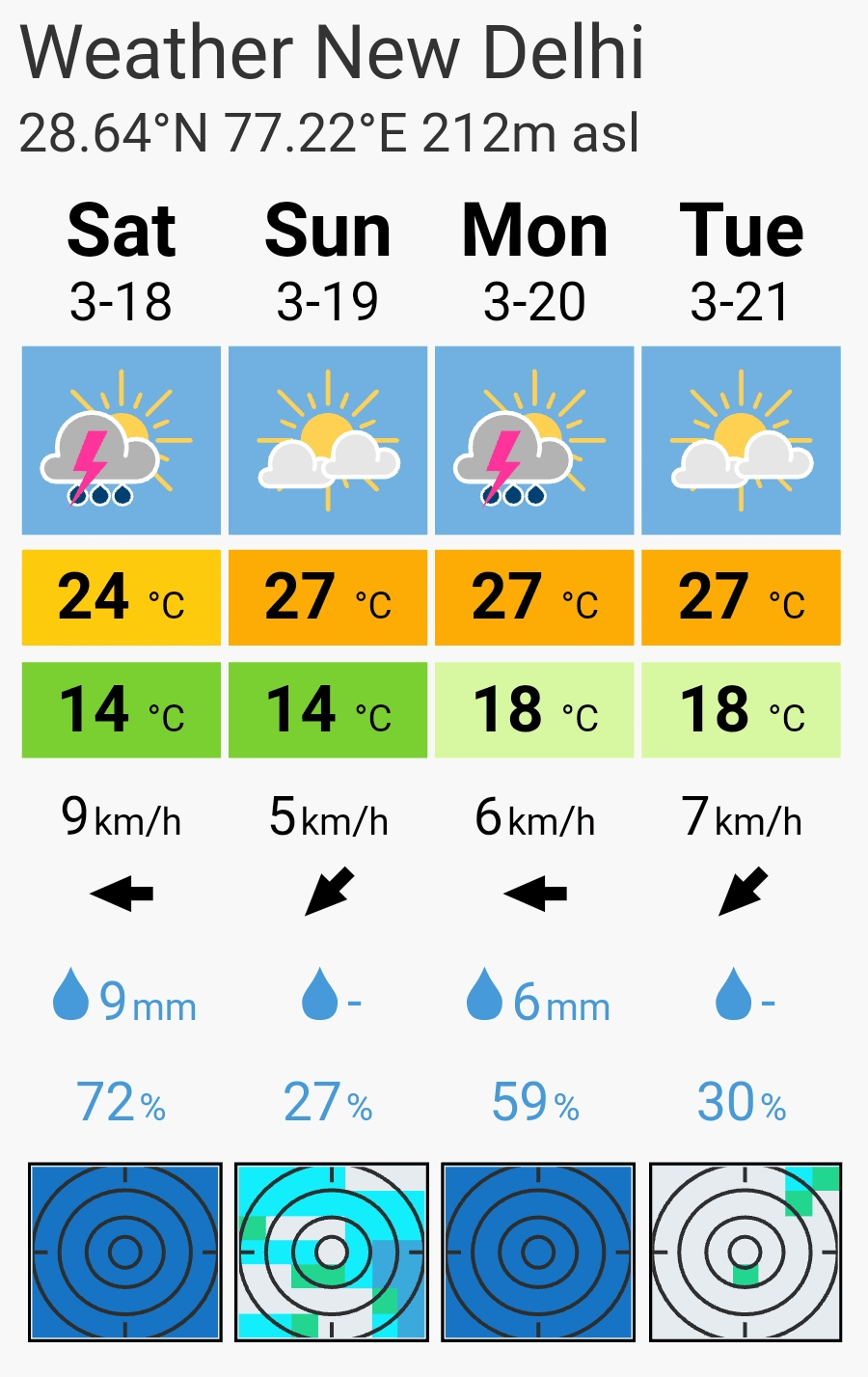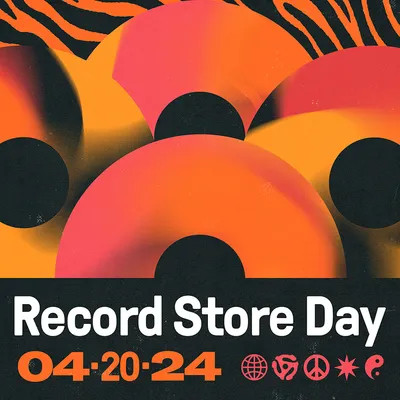Out of the series “Ragas on Western Instruments” the promotion initiative IMC – India meets Classic presents in April 2023 @ Radio RaSA via IMC OnAir – IMCRadio.Net the topic Ragas & Indian saxophone players.
In our shows of the past already two instruments of the West were presented, which have found a firm place in (South) Indian Classics: the Harmonium as accompaning instrument and the Violin. This bowed instrument is a component of each performance of the South Indian Classical music (Carnatic). The violin is established as solo main instrument in the North Indian Classical music (Hindustani).
Originally the saxophone was dedicated for symphonic orchestras. It was invented of the Belgian Adolphe Sax in the year 1840 and patented in France.
date of broadcasting…
24th April 2023 – 10:00-10:58 p.m. CEST (04:00 p.m. EST) @ Radio RaSA (CH)
(premiere: 5th August 2008 – 09:00 pm CET @ Tide Radio 96.0 FM)
broadcasting plan | streaming (Internet Radio & Mobile Radio) | podCast
With the arising of Jazz music the triumphant advance of this instrument began in its most different remarks: as Alto, Tenor, Soprano, Baritone or Bass saxophone…
With the implementation of African, Eastern and also Indian influences the Jazz Avantguardist John Coltrane expressed his spiritual attitude in his quartet.
IndoJazz as new genre was justified of the Indian composer John Mayer with the Quintett IndoJazzFusions in the 60’s (20th century). This formation considerably had a major influence onto the establishment of the saxophone in India.
f.l.t.r.: Dr. Kadri Gopalnath, Rudresh Mahanthappa, Prasant Radhakrishnan
Particularly the concerts of Prasant Radhakrishnan in India with compositions in a slow tempo and a controlled demonstration of the ornaments of Indian Ragas (e.g. gamaka-s) have contributed that the image of the saxophone in India has changed as a loud and fast instrument, which is suitable at best to practise technical exercises.
The connection between Jazz and Indian Classical music, the interpretation of raga scales on an instrument which is typical for Jazz, lies in the modal structure. To cite the German music journalists and producer Joachim Ernst Berendt (1922-2000), internationally known as ‘Jazz Pope‘:
“What all these musicians play – the Asian like the Western – differ of the traditional European music by the fact that it is ‘modal’. This means: it is not based on the constantly changing Accordgerists, which is dominating our occidental music, more it is set up on a scale, a ‘mode’ – finally on only one chord… Want to say: It is much more calmly, very less nervous…“
[Book Source: “Die Welt ist Klang – Nada Brahma” (vollst.: Die Landschaft des Bewusstsein”), 1988 ]
----------------------
Our listening examples: Indian Jazz musician Rudresh Mahanthappa (sax) together with Dr. Kadri Gopalnath (sax) in the Dakshina Ensemble, Dr. Kadri Gopalnath & Pravin Godkhindi (Bansuri – Indian bamboo flute), Prasant Radhakrishnan (sax), the Indian composer John Mayer (violin), John Coltrane (sax), Charlie Mariano (sax) & Indian singer/composer R.A. Ramamani (founder of JazzYatra).




























